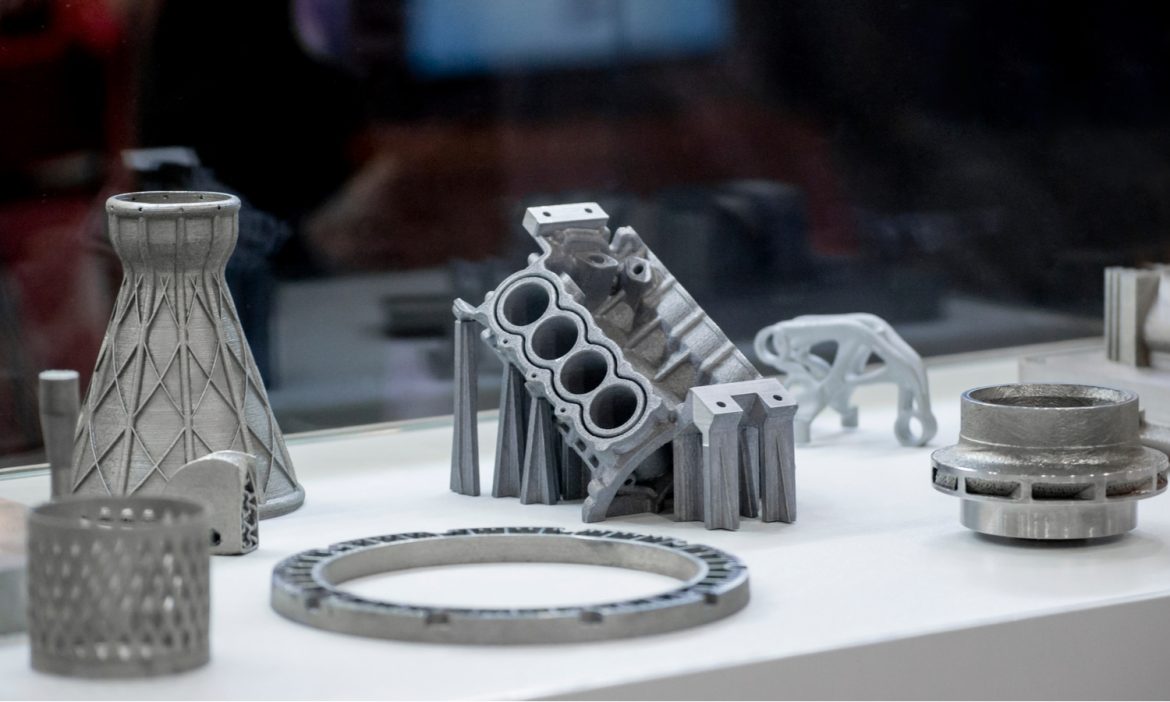Steel 3D Printing
While metal 3D printing may be fairly new to the additive manufacturing industry, the innovation’s development because its beginning has actually been remarkable. Steel 3D printing, in a very short time, has actually included value to a large range of markets from producing to clinical, auto to the aerospace and also every little thing in between. The technology is being utilized to help in item growth operations, rapid prototyping, tooling, education and learning as well as the development of fully-functional end-use components.
In spite of the advancement of metal 3D printing innovations, or perhaps the appearance of brand-new ones, the tried and true modern technology of direct metal laser sintering (DMLS) remains to be a popular option when it comes to steel additive manufacturing options. So, let’s take an extra thorough check out straight metal laser sintering, how it functions and also some of its benefits.
What Is Direct Metal Laser Sintering?
EOS coined (trademarked) the term DMLS as ‘Direct Metal Laser Sintering’, most certainly in an attempt to brand their technology. This was a misnomer, and also remains very misleading. When using EOS default criteria, a thaw pool is created as well as a fully-dense structure matching to wrought, outcomes.
This is identical to processes referred to as DMLM (Direct Metal Laser Melting) and also, therefore, we will certainly describe the process as Direct Metal Laser Solidification for the remainder of this write-up, based on EOS’ succeeding declarations. Review our even more extensive explanation of these two terms.
Direct metal laser solidification (DMLS), also known as DMLM, is thought about a steel powder bed fusion (MPBF) modern technology, meaning that components are printed in a build area (bed) containing carefully powdered steel bits that are thawed together layer by layer utilizing a laser, to develop the finished part. Depending upon the details 3D printer, layer elevations generally run in between 20– 60 microns.
Among the major keys to DMLS/DMLM, as well as exactly how it differs from other similar innovations, remains in the melting itself, where heats are used to bring the steel bits to their melting point to fuse them together into a fully-dense piece.
How Does It Work?
The very first step in any kind of 3D printing job is creating an electronic 3D version of the part that is to be printed. Digital 3D models can be created using computer-aided design (CAD) software to model the part from scratch, or if a physical component currently exists, a 3D scanner can be used to create a 3D version by generating an electronic factor cloud or triangular mesh of the part.
The digital model is after that filled right into a cutting program that will certainly assess the design as well as produce the directions that the 3D printer will use to develop the completed component layer by layer. As soon as the cutting operation is total, as well as the file, is sent to the 3D printer, the process is relatively automated, aside from some basic configuration.
As soon as the print run is launched, a slim layer of powder is then spread across the build area. Next off, the laser is projected onto the product and after that, it follows the path for that layer based upon the outcomes of the slicing program.
Only the particles in the path of the laser are melted together. This procedure is duplicated layer upon layer, till the component has been completely printed. After a cooling period, the powder that was not melted can be removed from the constructed area, as well as the component can be eliminated.
Benefits of Direct Metal Laser Solidification/Melting
Reduced Waste: Additive production just uses the material called for to construct the component, so there is marginal waste and reduced material costs.
Stronger Parts with Reduced Weight: Metal is inherently more powerful than plastic as well as the DMLS/DMLM procedure can cause topology optimization as well as decreased weight.
Complex Geometries: DMLS/DMLM can produce complicated geometric components and settings up that would certainly not be feasible by utilizing typical manufacturing approaches.
Prospective for Fewer Parts: DMLS/DLML leave open chance to produce fully-formed components in one pass, whereas standard approaches could require several steps/pieces or sub-assemblies which after that have to be set up with each other to form the final part.
Variety of Metallic Materials to Choose From
Turnaround Time: Unlike traditional manufacturing approaches, there is no tooling to be developed or equipment arrangement, which brings about quicker turn-around times.
While metal 3D printing might be reasonably brand-new to the additive manufacturing sector, the innovation’s development because its beginning has actually been exceptional. Metal 3D printing, in a really brief time, has actually added value to a vast variety of industries from producing to clinical, automotive to aerospace and also whatever in between. The innovation is being made use of to help in item advancement process, fast prototyping, tooling, education and the development of fully-functional end-use components.
EOS coined (trademarked) the term DMLS as ‘Direct Metal Laser Sintering’, certainly in an effort to brand their innovation. After a cooling period, the powder that was not melted can be removed from the construct area, as well as the component can be eliminated.
